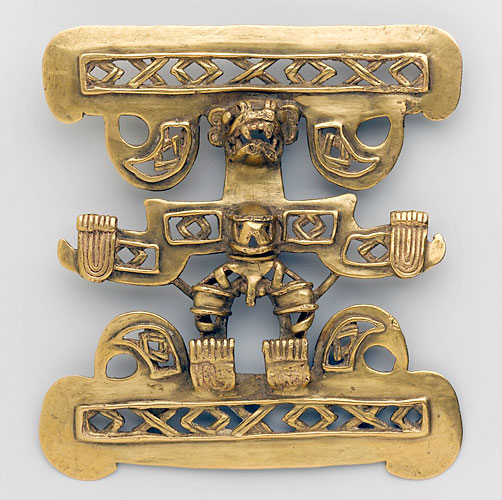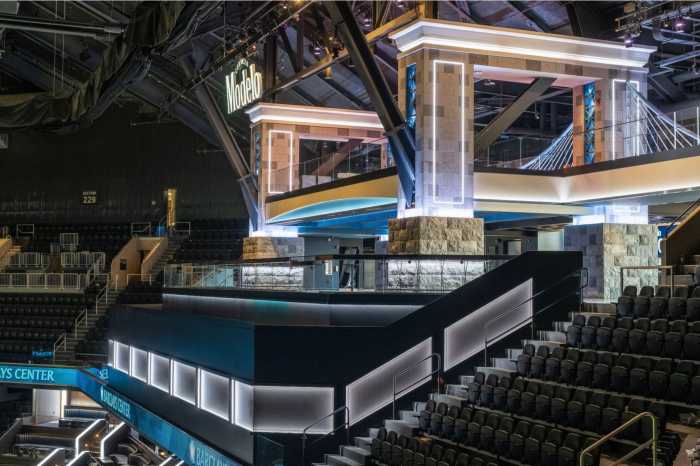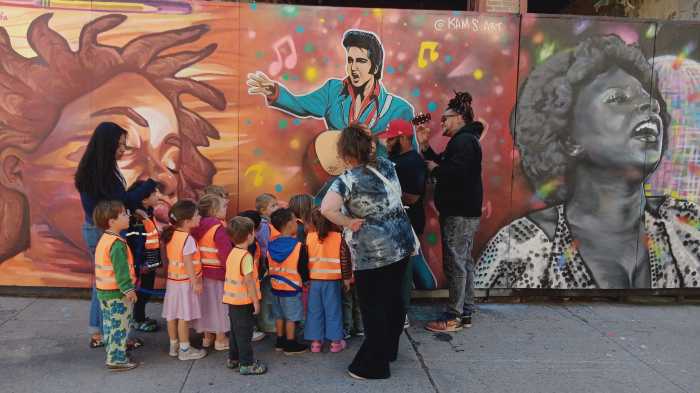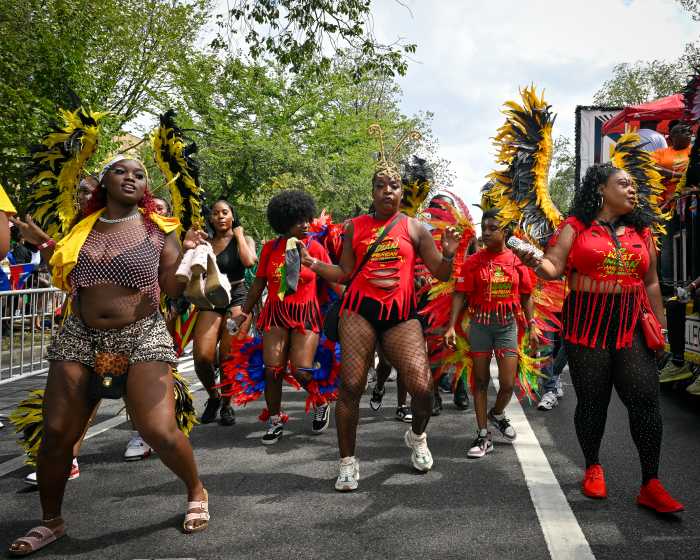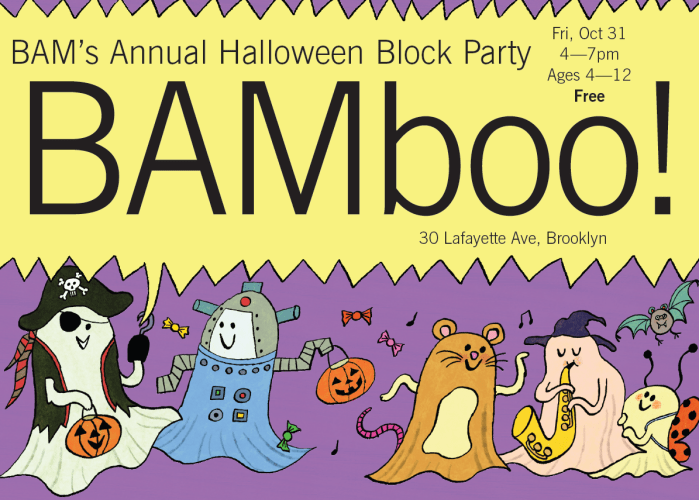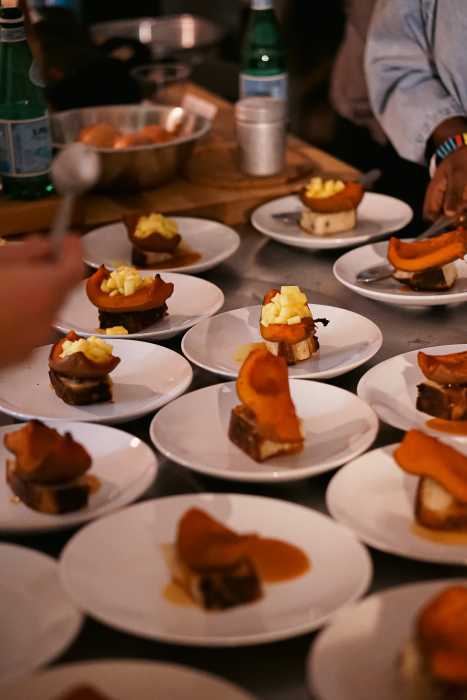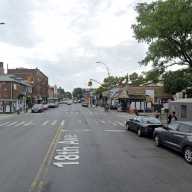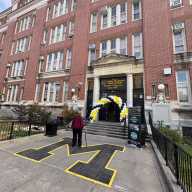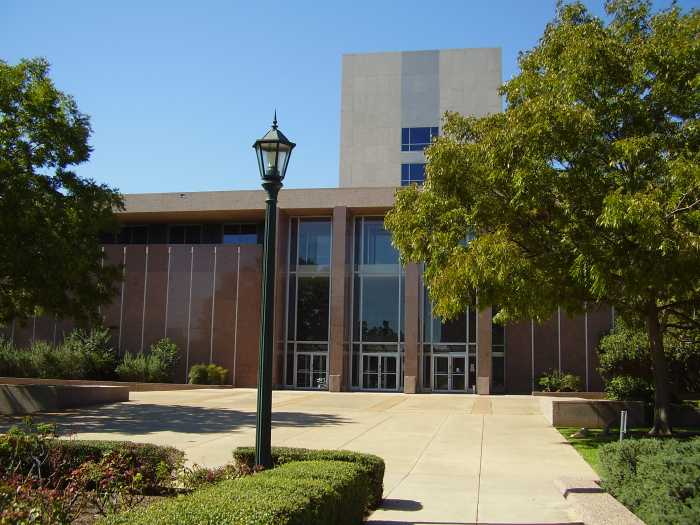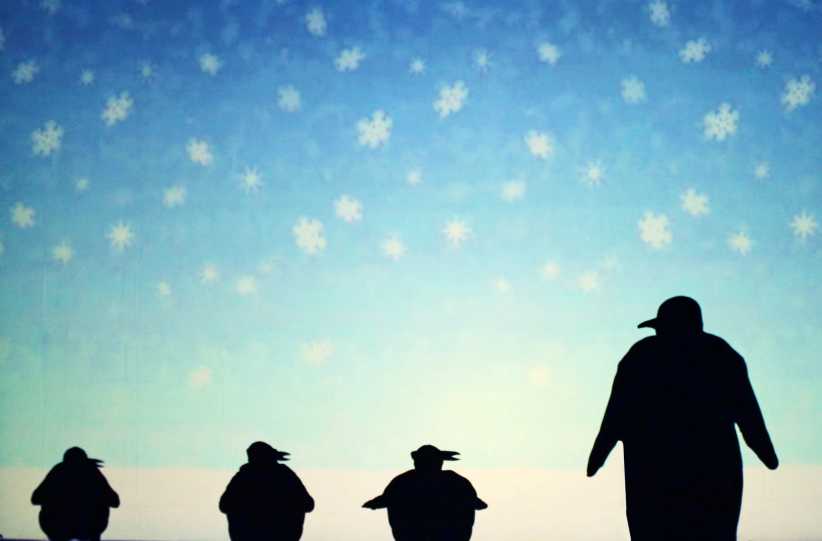The Brooklyn Museum will return 5,000 pre-Columbian artifacts plucked by a Brooklynite from Costa Rican plantations in the 19th century, but will be keeping other parts of the booty — including stunning gold and jade crafts — for its own collection.
The museum described the transaction, first reported in ARTnews, as “business as usual,” part of an effort to trim its sizable collection, and also to extend good will, though Costa Rica will have to shell out for the postage and handling to have its own native treasures returned — an estimated $59,000 for the first shipment of 983 ceramic vessels and figurines.
“It’s great that the objects are going back to their country of origin,” said curator Nancy Rosoff, though she added that the items being returned — ceramic or stone bowls, vessels, benches, and grinding stones — were not considered “museum quality” and were never displayed.
The retained items, including gold and jade animals and anthropomorphic pendants and figurines, are of wider artistic interest and will soon be showcased, Rosoff said.
Brooklyn-born railroad magnate and banana exporter Minor Keith acquired the items in the 1880s — well before rampant plundering led to a 1938 law that made all discovered artifacts property of the state.
Keith’s widow donated 600 pieces to the Brooklyn Museum in 1931, and sold the remainder to the museum and three others in 1934.
Artifact hoarding is partly to blame for the fact that the items received little attention for nearly a century.
“In the early 20th century, people brought back so much material that it couldn’t even be properly catalogued and surveyed,” said Museum spokeswoman Sally Williams.
So it’s about time to give it back, said one Brooklynite with Costa Rican roots.
“If there is art that belongs to Costa Rica, it should go back,” said George Constantinou, co-owner of the Bogota Latin Bistro, on Fifth Avenue and St. Johns Place.
That’s easy for clay pots and baskets, but it’s unlikely that the museum will return any items from its world-famous Egyptian collection. Those items are simply too valuable.
“They have the funds and staffing to support their collections, which is used quite extensively for research,” Rosoff said.
By contrast, just four researchers have examined the Costa Rican collection since Rosoff arrived at the museum in 2001.
That doesn’t mean the items are uninteresting. The country’s indigenous population crafted art and objects from 1500 B.C. to 1000 A.D. Spanish colonists, disease and assimilation eventually thinned the native population, but the returned artifacts could help emphasize this nearly vanished heritage to the country’s 4.6 million people, archeologist Ricardo Vasquez told globalpost.com.
Costa Rican officials did not return requests for comment before our Tenorio River-swift deadline.



